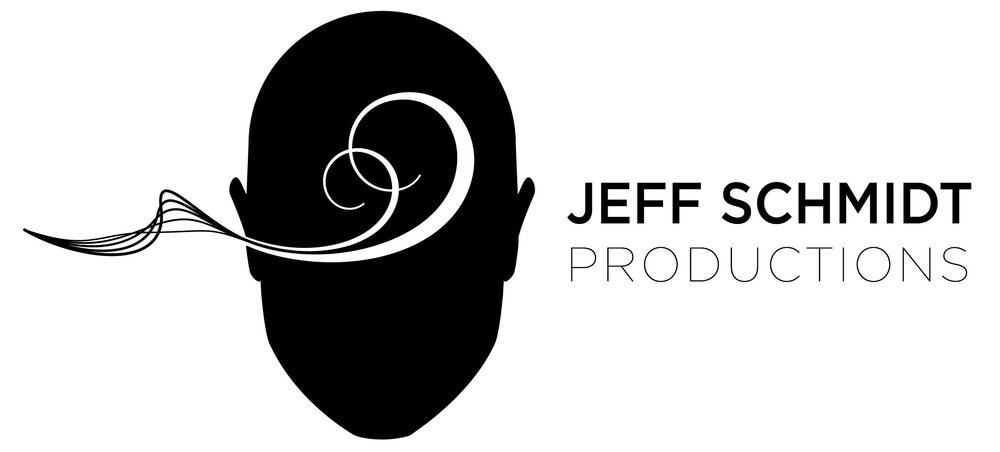I can think back on numerous situations where I felt boxed in by writing that did not leave room for the sound to carry exclusive parts of the narrative load. In many of those instances, the requested sound was mere window dressing to the narration or worse, unnecessarily redundant to it.
An anonymized example:
NAR: Torrential rain drenched the City as Janet and Earl made their way across the busy street, and up the stone steps to their heavy wooden front door.
(sfx: rain - wet footsteps - door opening)
That kind of writing is what you might find in print. Lots of words telling you everything you need to know. So when being “adapted” for audio the sound effect notes are added to the script but the writing itself isn't changed.
It’s easy to mistake this as a scene “written for sound" because of those sound notes. But you’ll notice the narration is already telling us everything and that the requested sounds are now redundant.
While the sound effects in this scene may "dress it up" a bit - this approach leaves a lot of story-telling potential on the table. On the simplest level, the sound can convey all these details of our scene without any narration or dialogue at all.
Rain pounding the street.
Cars slowly rolling over drenched pavement.
Splashy footsteps across the sidewalk and upstairs.
Fumbling with keys, a door opening.
Assuming these scene setting details are important to the narrative of our story we can now see that no narration is needed to communicate them.
So now, with sound telling that part of the story our narration and dialogue is liberated to do something sound alone can’t do - like tell us what someone is saying, thinking, feeling or what they’re smelling, or seeing that’s not making a sound.
When we decouple narration/dialogue and sound design from each other they’re both empowered to perform in complementary ways - we get choreography instead of mimicry, design instead of post-production. Sound used this way isn't as likely to be perceived as "cheesy" or "canned" because it's serving a unique narrative function.
This requires a big shift in how our stories are written. Just as filmmakers are encouraged to "show" rather than tell, audio story-tellers should be equally encouraged to let our audience "hear" rather than be told.
If your scene is really incorporating sound in this way it should feel somewhat incomplete if you read through it without the sound notes. That’s a great sign you have incorporated sound into carrying exclusive parts of the narrative. If that seems like a high bar to clear, well, it is. This is not a well-worn skill, yet. But as an audio-only medium we should be seeking to use sound to its full advantage.
We can begin with thinking about how to tell the story so that sound naturally and organically carries more of the narrative load. What kind of sound? Depends on the story - but writers should be aware that “sound” in reality is physically a verb - it is action - it’s air molecules being excited by a force in an environment. It can be small and subtle or enormously explosive. So then the question becomes what kinds of sounds are important for the characters in our story and our listeners to be hearing. They don’t always have to be the same sounds and they certainly don’t have to be literal. Instead of thinking of sound as “background” to the story think of it as an equal but unique layer through which to weave our story-telling.
A simple way to start is to write the description of the scene and actions like you would normally - but instead of using it for narration or dialogue put that information in the script as a sound design guide. Then write for the narrator/characters knowing the sound is already telling it’s part of the story. Your narration and characters can be aware of that sound or not - it’s incredibly freeing.
Once you've got the hang of that then you can turn to even more artful uses of sound - like portraying subjective points of view, for example.
Some of the more compelling scenes I’ve designed have been for the Wondery series "Imagined Life". An important trait shared among those scenes is that they put the listener in a first-person perspective of a character for whom a physical or emotional condition alters their perceptions. It could be an illness, or joy, grief, injury, or triumph. In that approach, the normal sounds representing the “objective” world can be morphed into a subjective and designed "experience" influenced by their condition. It makes for powerful story-telling that leverages the unique strengths of both sound and voice in an audio only context.
Think about anything that colors or alters a character's perception of events - or characters expressing subjective points of view and memories and you’ve found beautiful and unique opportunities to use sound more creatively in your story-telling.


























